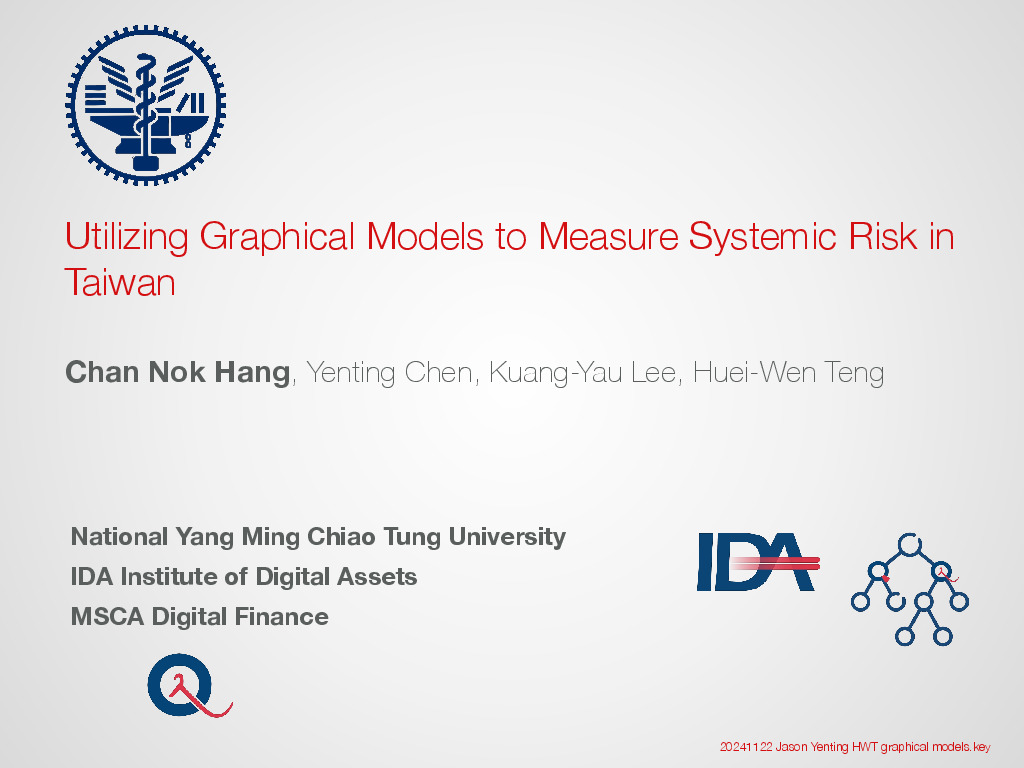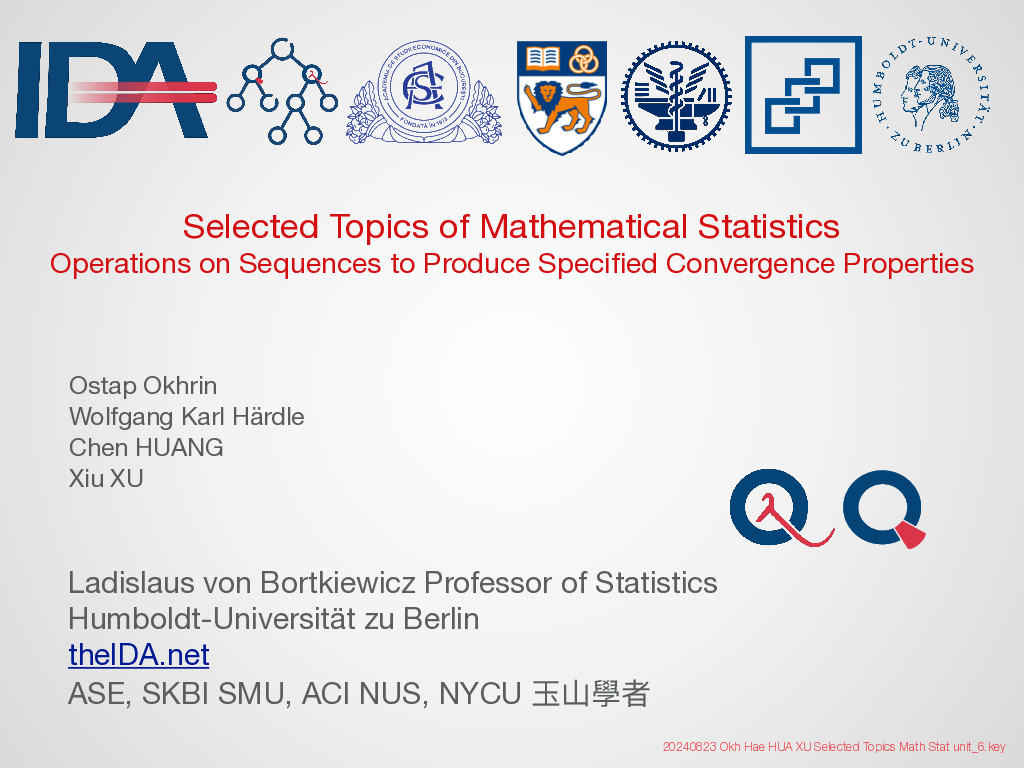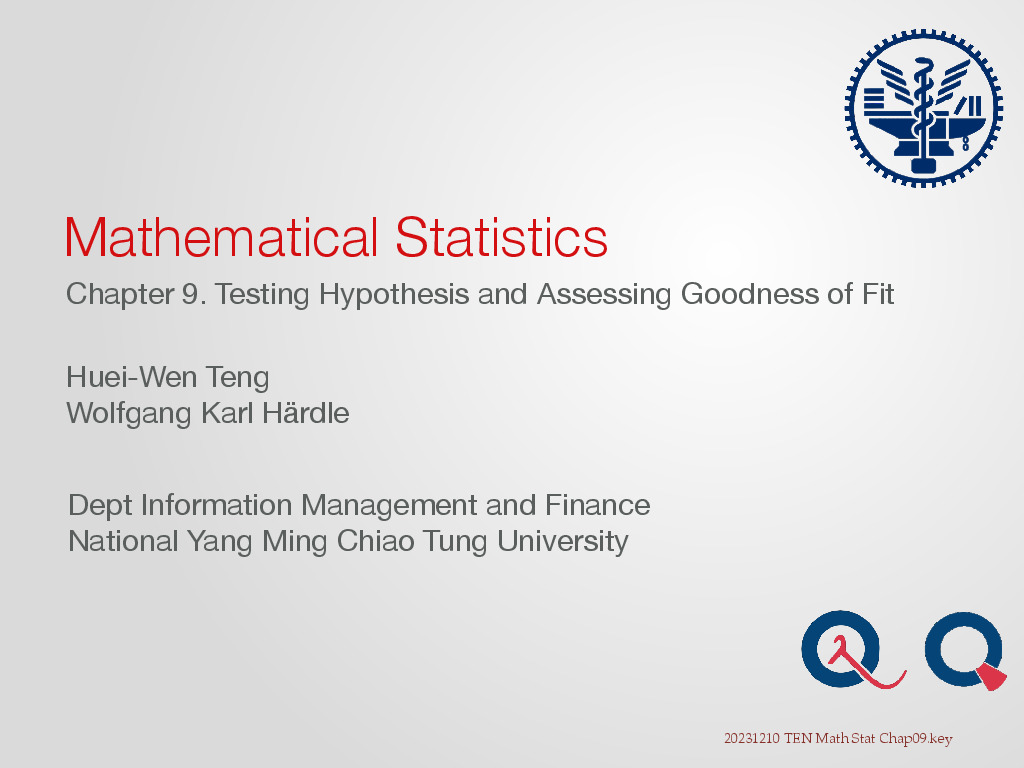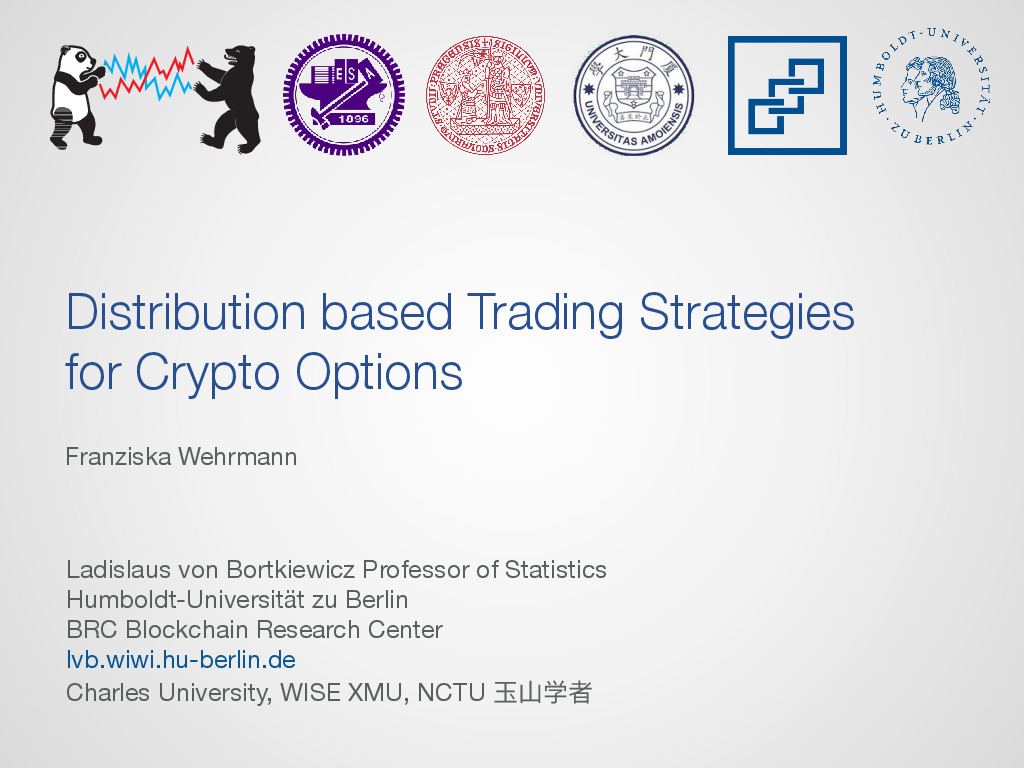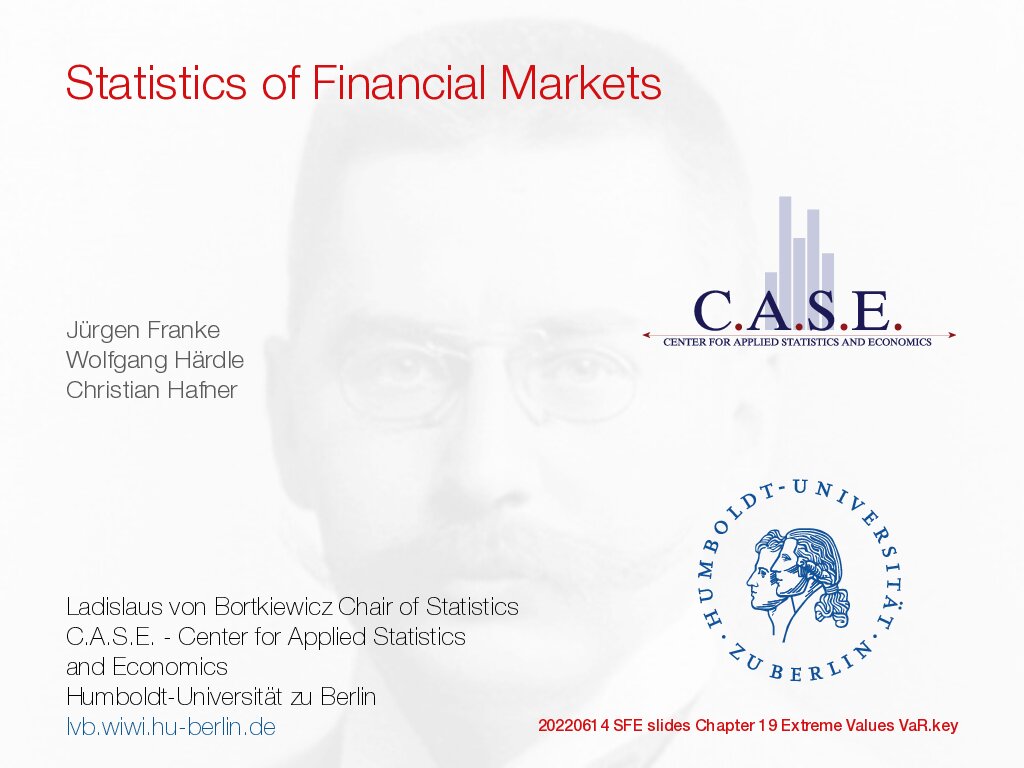Cryptocurrencies and the Velocity of Money
-
- 0 Rating
- 0 Reviews
- 2 Students Enrolled
Cryptocurrencies and the Velocity of Money
This course summarizes three papers around cryptocurrencies from an economic perspective. A price model for speculative cryptocurrencies, a framework for stablecoin designs and a measure for the velocity of money for UTXO-based cryptocurrencies will be introduced.
-
- 0 Rating
- 0 Reviews
- 2 Students Enrolled
Requirements
- Basic understanding of monetary economics.
General Overview
Description
Most models derive current cryptocurrency prices over rational expectations of future ones. We complement this perspective with a backward-looking view accounting for herding and momentum trading observed in cryptocurrency markets. Our approach merges an asset-flow approach modeling rational and irrational speculation around an asset’s fundamental value into the transactions-form of the quantity equations of money. Our approach allows us to analyze the inter-temporal relation of the quantity theory’s key variables for cryptocurrencies with their inflexible token supply. Due to the intuitive component models, our model is simple to interpret and to apply empirically and in simulations. We demonstrate its usefulness via simulations of how cryptocurrency prices adjust after changes in fundamental values. We find that a higher fraction of tokens held by investors (rather than circulated by users) leads to disproportionate increases in the instability of the price process in response to shocks. We conclude that stabilization of cryptocurrency prices is unlikely unless accompanied by low levels of tokens held by investors.
The price volatility of cryptocurrencies is often cited as a major hindrance to their wide-scale adoption. Consequently, during the last two years, multiple so called stablecoins have surfaced-cryptocurrencies focused on maintaining stable exchange rates. In this paper, we systematically explore and analyze the stablecoin landscape. Based on a survey of 24 specific stablecoin projects, we go beyond individual coins for extracting general concepts and approaches. We combine our findings with learnings from classical monetary policy, resulting in a comprehensive taxonomy of cryptocurrency stabilization. We use our taxonomy to highlight the current state of development from different perspectives and show blank spots. For instance, while over 91% of projects promote 1-to-1 stabilization targets to external assets, monetary policy literature suggests that the smoothing of short term volatility is often a more sustainable alternative. Our taxonomy bridges computer science and economics, fostering the transfer of expertise. For example, we find that 38% of the reviewed projects use a combination of exchange rate targeting and specific stabilization techniques that can render them vulnerable to speculative economic attacks-an avoidable design flaw.
Velocity of money is central to the quantity theory of money, which relates it to the general price level. While the theory motivated countless empirical studies to include velocity as price determinant, few find a significant relationship in the short or medium run. Since the velocity of money is generally unobservable, these studies were limited to use proxy variables, leaving it unclear whether the lacking relationship refutes the theory or the proxies. Cryptocurrencies on public blockchains, however, visibly record all transactions, and thus allow to measure-rather than approximate-velocity. This paper evaluates most suggested proxies for velocity and also proposes a novel measurement approach. We introduce velocity measures for UTXO-based cryptocurrencies focused on the subset of the money supply effectively in use for the processing of transactions. Our approach thus explicitly addresses the hybrid use of cryptocurrencies as media of exchange and as stores of value, a major distinction in recently proposed theoretical pricing models. We show that each of the velocity estimators is approximated best by the simple ratio of on-chain transaction volume to total coin supply. Moreover,“coin days destroyed”, if used as an approximation for velocity, shows considerable discrepancy from the other approaches.
The respective publications can be found via the following links:
https://ieeexplore.ieee.org/abstract/document/8787560
https://papers.ssrn.com/sol3/papers.cfm?abstract_id=3499500
https://papers.ssrn.com/sol3/papers.cfm?abstract_id=3964372
Recommended for you
Meet the instructors !
I pursue cryptocurrency research from an economic angle.





